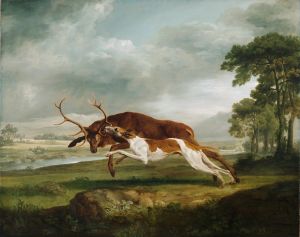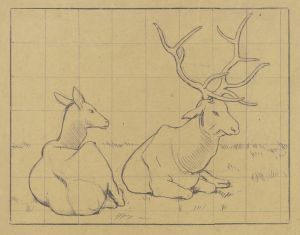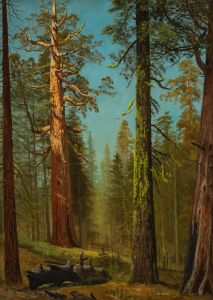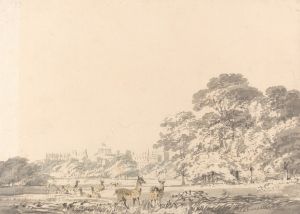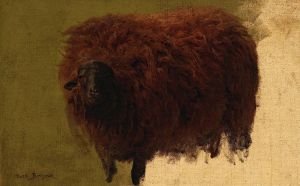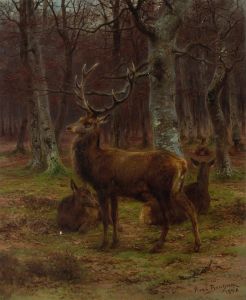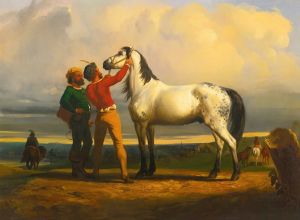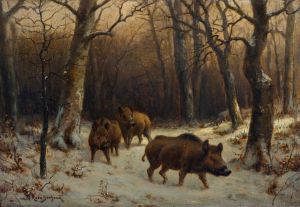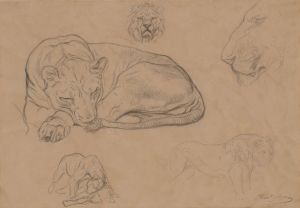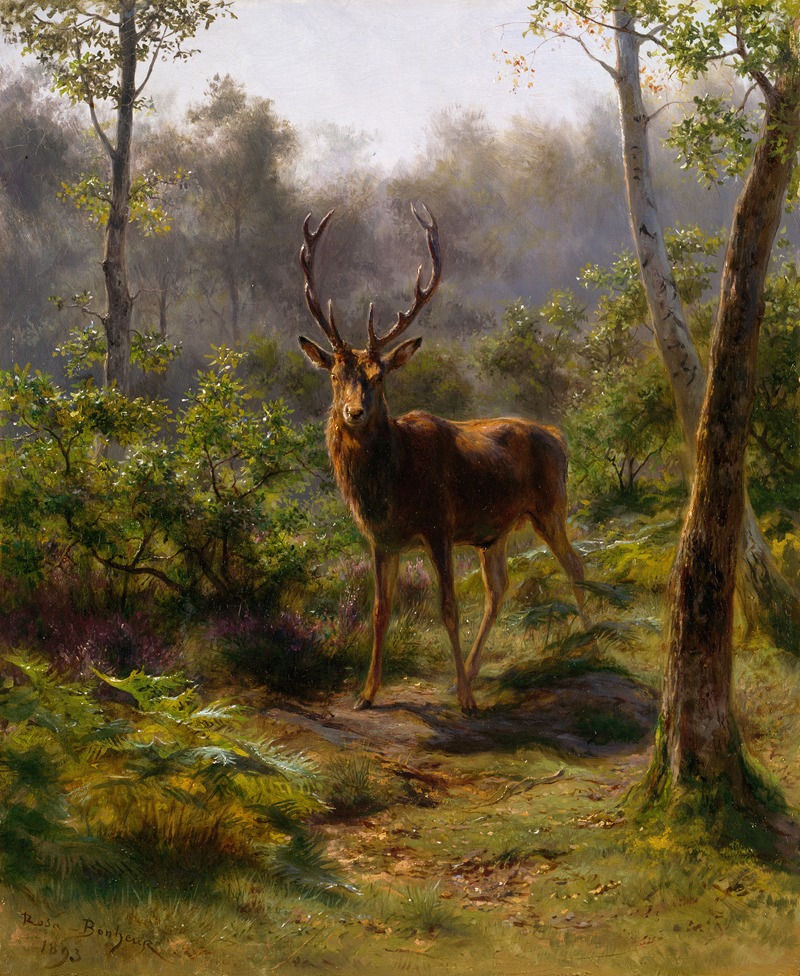
A Stag
A hand-painted replica of Rosa Bonheur’s masterpiece A Stag, meticulously crafted by professional artists to capture the true essence of the original. Each piece is created with museum-quality canvas and rare mineral pigments, carefully painted by experienced artists with delicate brushstrokes and rich, layered colors to perfectly recreate the texture of the original artwork. Unlike machine-printed reproductions, this hand-painted version brings the painting to life, infused with the artist’s emotions and skill in every stroke. Whether for personal collection or home decoration, it instantly elevates the artistic atmosphere of any space.
Rosa Bonheur, a renowned 19th-century French artist, is celebrated for her realistic depictions of animals and rural scenes. One of her notable works is "A Stag," which exemplifies her skill in capturing the essence of wildlife with meticulous attention to detail and a deep understanding of animal anatomy.
Rosa Bonheur was born on March 16, 1822, in Bordeaux, France, into a family of artists. Her father, Oscar-Raymond Bonheur, was a landscape and portrait painter who encouraged her artistic pursuits from a young age. Bonheur's interest in animals was evident early in her career, and she often visited slaughterhouses and livestock markets to study animal anatomy, which greatly informed her work.
"A Stag" is a testament to Bonheur's dedication to realism and her ability to convey the majesty of the natural world. Although specific details about the creation date and the current location of "A Stag" are not widely documented, the painting is consistent with Bonheur's style, characterized by precise brushwork and a keen observation of her subjects. Her works often reflect the Romantic movement's fascination with nature and the sublime, yet they are grounded in a scientific approach to representation.
Bonheur's paintings, including "A Stag," were well-received during her lifetime, earning her international acclaim. She was awarded numerous honors, including being the first woman to receive the Grand Cross of the Legion of Honour in France. Her success was significant at a time when the art world was predominantly male-dominated, and she became a role model for aspiring female artists.
The depiction of the stag in Bonheur's painting is likely influenced by her extensive studies of wildlife and her visits to the Fontainebleau Forest, a popular location for artists of the Barbizon School, with which she was associated. The forest provided a rich source of inspiration and a natural setting for observing animals in their habitat.
Bonheur's ability to capture the physicality and spirit of animals in her paintings contributed to her reputation as one of the leading animal painters of her time. Her works were exhibited in prestigious venues, including the Paris Salon, where they attracted the attention of art collectors and critics alike.
In addition to her artistic achievements, Bonheur was known for her unconventional lifestyle. She often wore men's clothing, which allowed her greater freedom to move and work, and she lived openly with her partner, Nathalie Micas, for over 40 years. Bonheur's defiance of societal norms and her commitment to her art have made her an enduring figure in art history.
While "A Stag" may not be as widely recognized as some of her other works, such as "The Horse Fair," it remains an important example of her contribution to animal painting and her ability to convey the beauty and dignity of her subjects. Rosa Bonheur's legacy continues to inspire artists and art enthusiasts, and her works are celebrated for their technical excellence and emotional depth.





